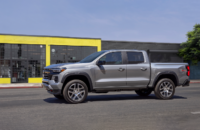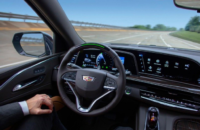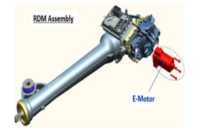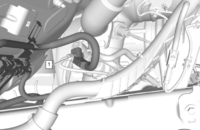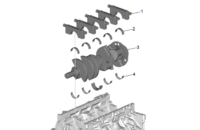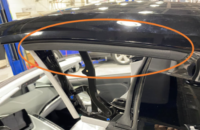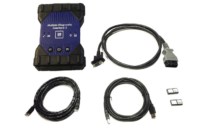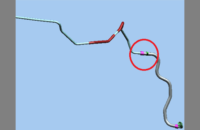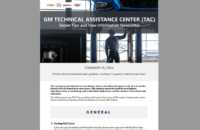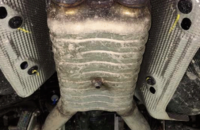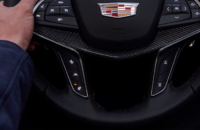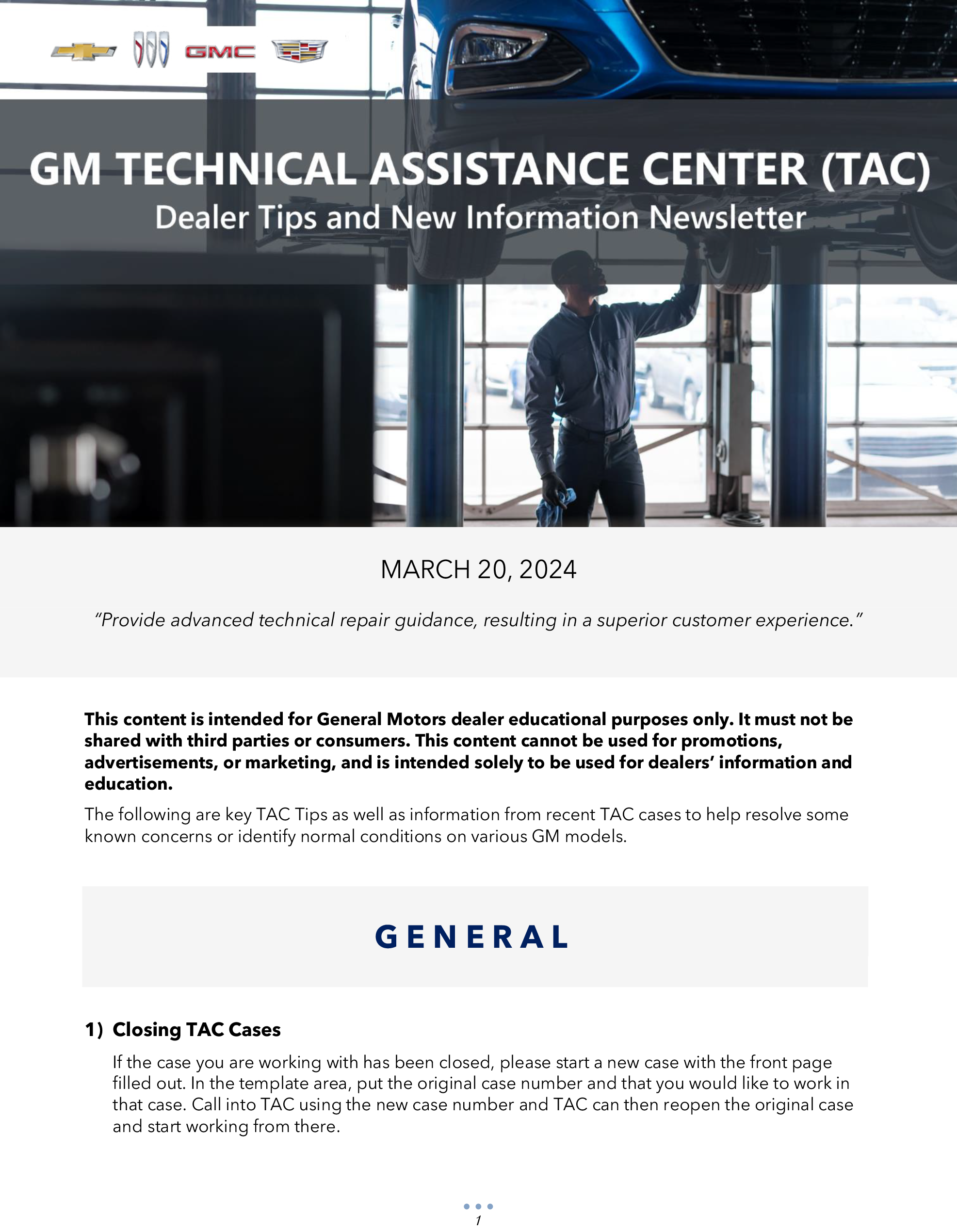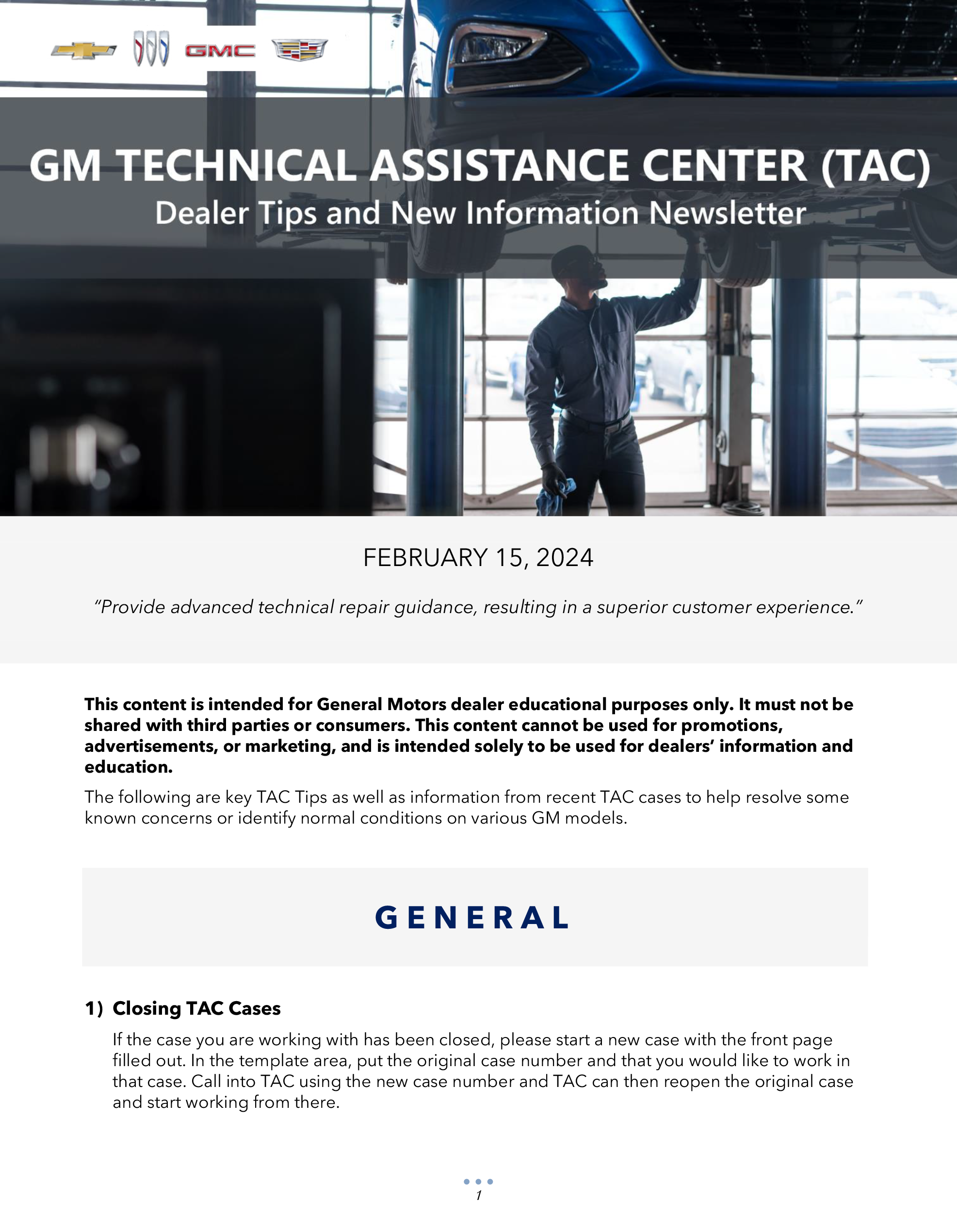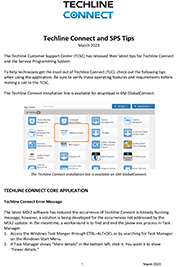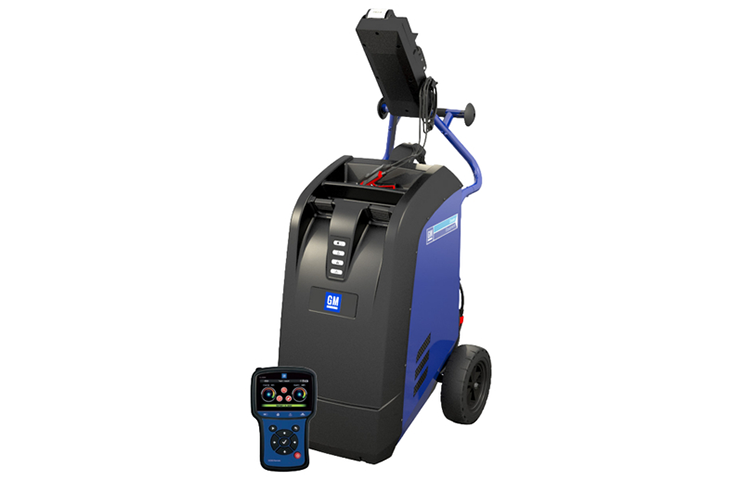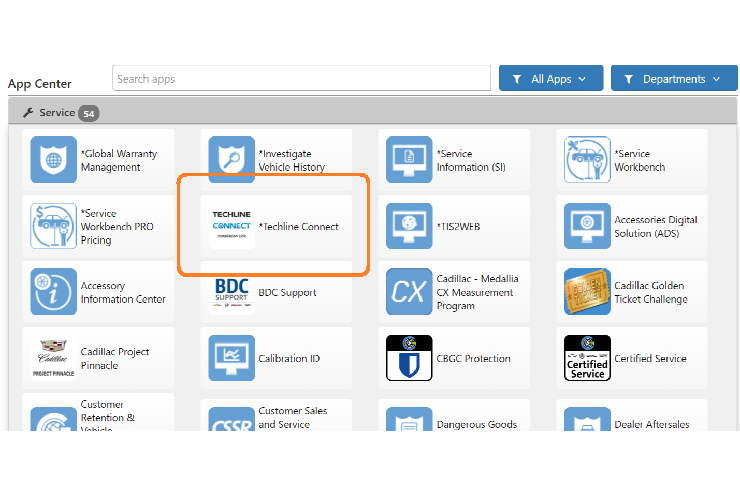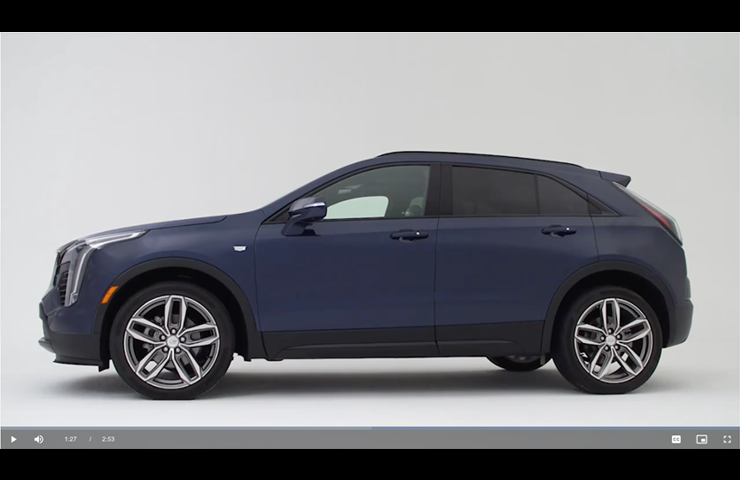The 2017-2019 Camaro ZL1 (Fig. 6) and Camaro SS 1LE; 2018-2019 Camaro ZL1 1LE; and 2015-2019 Corvette models equipped with the 6.2L V8 engine (RPOs LT1, LT4, LT5) feature an Electronic Limited Slip Differential (eLSD) system (RPO G96).
 Fig. 6
Fig. 6
The eLSD system, which is available on a limited number of performance vehicles, provides an open differential when needed and a locked differential when conditions call for it. The system is capable of adjusting the coupling from fully open to fully locked in as little as 0.15 seconds.
The eLSD system has an incredible effect on the vehicle’s performance and handling. When the driver is off the throttle, more eLSD coupling adds stability, to a point. When the two rear wheels are clutched together in a turn, the outside wheel is slowing down and the inside wheel is speeding up in order to provide an agile feel throughout the turn.
When the driver is on the throttle, the eLSD system can shift the torque from the inside wheel to the outside wheel to minimize inside wheel spin. The right amount of torque applied to the outside wheel will help the car turn.
eLSD Operation
The rear differential clutch control module controls the eLSD operation. When the rear differential clutch control module receives a torque command signal from the chassis control module (CCM), it actuates the differential clutch pump and rear differential clutch solenoid valve. The electro-hydraulic piston actuation engages the limited slip clutch to allow active variable locking torque transfer to the left and right half shafts.
There are many different algorithms, or calculations used by the eLSD system. The amount of coupling that the system delivers depends on many different factors, including vehicle speed, throttle position, steering angle, yaw rate, available traction, vehicle options, and Performance Traction Management (PTM) mode. Each vehicle package is tuned or calibrated individually. As a result, the operation is not exactly the same between a Corvette Z06 and a Corvette Stingray with the Z51 package. Vehicles equipped with automatic and manual transmissions also have different eLSD calibrations, as do cars equipped with different suspension and tire combinations.
TIP: When diagnosing a perceived fault with this system, it’s critical to obtain very specific information from the customer and, if a comparison vehicle is used, the car must have exactly the same options.
eLSD Coupling Percentage
Here are some examples of what the driver may see while monitoring the Driver Information Center (DIC) screen as it relates to the eLSD system. An open differential has a 0% coupling percentage (Fig. 7) while a locked differential is 100%.
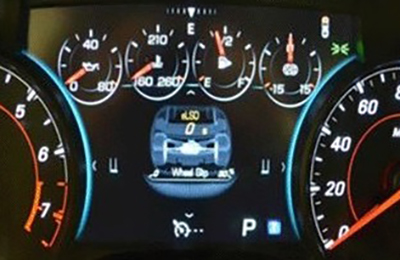 Fig. 7
Fig. 7
Driving straight down the road, the eLSD system will have a bit of coupling to add stability and on-center steering feel (around 10% – 15%), which will decrease slightly when making a lane change or other steering input. Under heavy acceleration in a track setting, the system will increase to around 40-50% coupling in order to maximize rear traction while cornering,
During the most aggressive dynamic maneuvers, such as extreme lane changes and slalom events, the largest coupling will occur. The eLSD clutches will nearly lock (100%) to add stability at the right moment but open back up to allow the vehicle to steer through a double lane change at precisely the right times.
If the vehicle is being driven in the winter (equipped with the appropriate tires), accelerating from a stop with one wheel on ice and the other on dry pavement, the clutch torque will increase on the DIC as a result of the single wheel slipping. Torque will be transferred to the wheel with more available traction.
Because the eLSD system is filled with fluid, small amounts of air will accumulate in the system over time. A small actuator is built into the system in order to bleed air from the system. The bleed cycle will run after every third key cycle with a minimum key off soak time of 30 minutes. While the bleed process is running, a buzzing or whirring noise may be audible and the coupling percentage on the DIC may spike up to 100% briefly while driving at very low speeds and in a straight line. This is normal operation and does not indicate a problem with the system.
TIP: Any time a hydraulic line to the eLSD system is opened, a service bleed procedure with a scan tool needs to be performed to remove any air from the system.
Wheel Slip Percentage
The DIC screen also shows wheel slip, which is the white number on a 0-30% scale. (Fig. 8) The wheel slip percentage informs the driver as to how much rear wheel slip the vehicle is currently experiencing.
In order to help prevent misdiagnosis when dealing with customer questions on this reading, it’s important to remember that this graph has nothing to do with the eLSD system. It is an independent calculation and is not an indication of the slip inside the eLSD clutches.
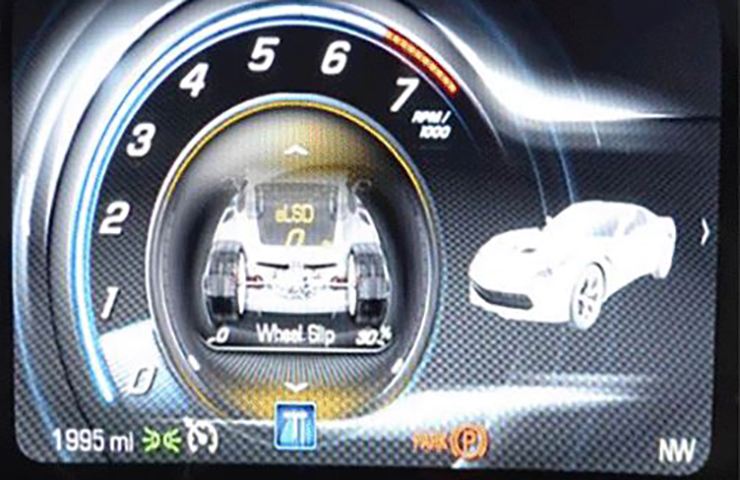 Fig. 8
Fig. 8
The percentage of wheel slip is calculated by using the average of the rear wheel slip as compared to the average of the front wheel slip. The data is generally not accurate below vehicle speeds of 20-30 mph (32-48 km/h), so when driving at slower speeds, the graph may briefly max out at 30%. This is normal operation. For example, if the front wheels are traveling at 2 mph (3 km/h) and the rear wheels are showing 3 mph (5 km/h), this indicates a 50% difference in speeds. Since the graph is capped at 30%, the bar graph will max out in this type of scenario. When traveling at these speeds, actual wheel slip will not be felt by the driver, even though it appears drastic on the graph. This is simply the result of the math behind the system.
– Thanks to Ann Briedis and Jeff Strausser


